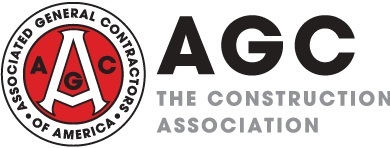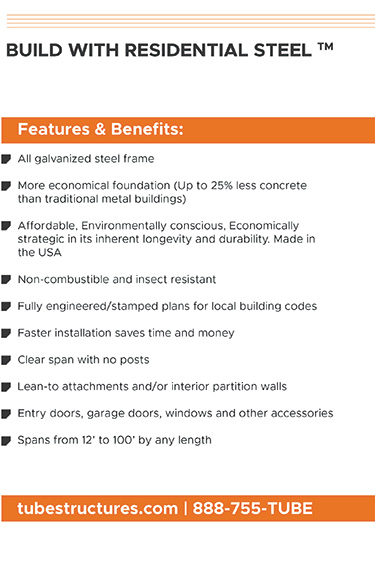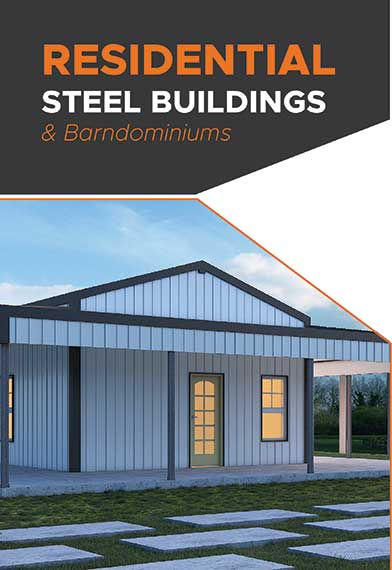Homebuilding grows but other spending slips in October
- October 31, 2020
- Posted by: Alan Hageman
- Category: News

Construction spending patterns diverged in recent months, as declining multifamily and private nonresidential spending offset a surge in single-family homebuilding. Spending totaled $1.291 trillion at a seasonally adjusted annual rate in October, 0.8% below the September rate but up 1.1% year-over-year (y/y) from October 2018, the Census Bureau reported on Monday. The year-to-date total for January-October combined was 1.7% lower than in the same months of 2018. Private residential spending slid 0.9% in October but edged up 0.5% y/y. New single-family construction climbed for the fourth consecutive month, by 1.6% from September to October, but fell 3.1% y/y. New multifamily construction sank 1.6% and 2.1%, respectively. Residential improvements slumped 4.5% for the month but rose 8.2% y/y. Private nonresidential spending declined 1.2% from September and 4.2% y/y to the smallest total since January 2018. Of the four largest components, power gained 3.6% y/y (comprising electric power, up 1.4%, and oil and gas pipelines and field structures, up 12%); commercial, -18% (comprising retail, -33%, and warehouse, -3.6%); manufacturing, -0.2%; and office, 1.0%. Public construction dipped 0.2% for the month but jumped 10% y/y. The three largest public segments all had y/y gains: highway and street construction, 8.4%; education construction, 9.8%; and transportation (air, transit, rail and port) construction, 13%.
“Economic activity expanded modestly from October through mid-November, similar to the pace of growth seen over the prior reporting period,” the Federal Reserve reported on Wednesday in the latest “Beige Book.” The Beige Book is a compilation of informal soundings of business conditions in the 12 Fed districts, which are referenced by the name of their headquarters cities. “[R]esidential construction experienced more widespread growth compared to the prior report. Construction and leasing activity of nonresidential real estate continued to increase at a modest pace….Energy and steel prices were flat to down, while reports on construction materials and agricultural commodity prices were mixed.” Construction comments in highlights from individual Fed districts included: “[Boston-area commercial] construction activity was robust.” (Boston); “New multifamily construction starts have held steady across the district, while…office and industrial construction has continued to weaken modestly” (New York); “Construction activity for residential and nonresidential buildings continued to hold steady” (Philadelphia); “Nonresidential contractors noted slight demand growth over the period because they acquired new projects from a wide range of industry segments [and they] were upbeat about the near future as well, believing there will be plenty of projects to bid on in 2020” (Cleveland); “raw materials prices were reportedly up for some construction materials” (Richmond); “Nonresidential construction activity decreased marginally” (Chicago); “Survey respondents reported higher demand for office and industrial property construction. However, there were some reports of firms putting future projects on hold because of economic uncertainty” (St. Louis); “Most contacts in engineering, architecture and construction reported solid backlogs and were optimistic heading into a traditionally slower period” (Minneapolis); “Construction supply respondents noted steady selling prices since the previous survey period, although selling prices were below year-ago levels. [They] expected small price increases moving forward” (Kansas City).
Construction employment, not seasonally adjusted, increased between October 2018 and October 2019 in 231 (65%) of the 358 metro areas (including divisions of larger metros) for which BLS provides construction employment data, fell in 69 (19%) and was unchanged in 58, according to an analysis AGC released on November 25. (BLS combines mining and logging with construction in most metros to avoid disclosing data about industries with few employers.) The largest gains again occurred in the Dallas-Plano-Irving division (14,300 combined jobs, 10%); Phoenix-Mesa-Scottsdale (9,800 construction jobs, 8%) and the Los Angeles-Long Beach-Glendale division (9,700 construction jobs, 6%). The largest percentage gain occurred in Omaha-Council Bluffs, Neb.-Iowa (14%, 5,900 combined jobs), followed by Auburn-Opelika, Ala. (15%, 400 combined jobs) and Bend-Redmond, Ore. (14%, 1,000 combined jobs). The largest job losses occurred in New York City (-6,200 combined jobs, -4%), followed by the Chicago-Naperville-Arlington Heights, Ill. division (-4,700 construction jobs, -3%). The largest percentage loss again occurred in Fairbanks, Alaska (-13%, -400 construction jobs), followed by Watertown-Fort Drum, N.Y. (-10%, -200 combined jobs); Longview, Texas (-10%, -1,600 jobs) and Wichita Falls, Texas (-10%, -300 combined jobs). Construction employment reached a record high for October in 76 metros (dating back in most areas to 1990) and a record low in two areas.
“Construction costs increased once again in November …, recording the 37th consecutive month of increases,” IHS Markit and the Procurement Executives Group reported on Wednesday. “Both the materials and equipment, and subcontractor labor indexes indicated continued price increases … Survey respondents reported increasing prices for nine out of the 12 components within the materials and equipment sub-index…prices for transformers, turbines, pumps and exchangers increased, although index figures backed off from last month … copper cable and wire, carbon steel pipe and fabricated structural steel prices fell in November … In the survey comments, respondents noted shortages for welders as well as truck drivers.”


